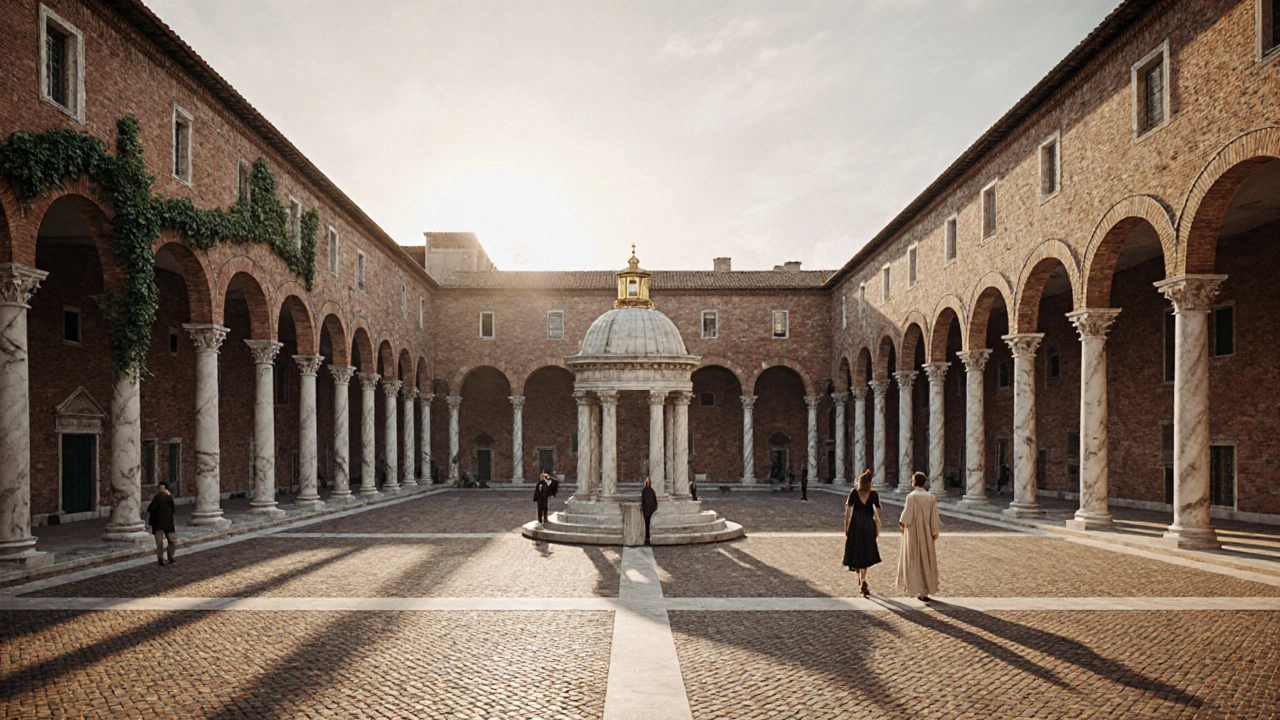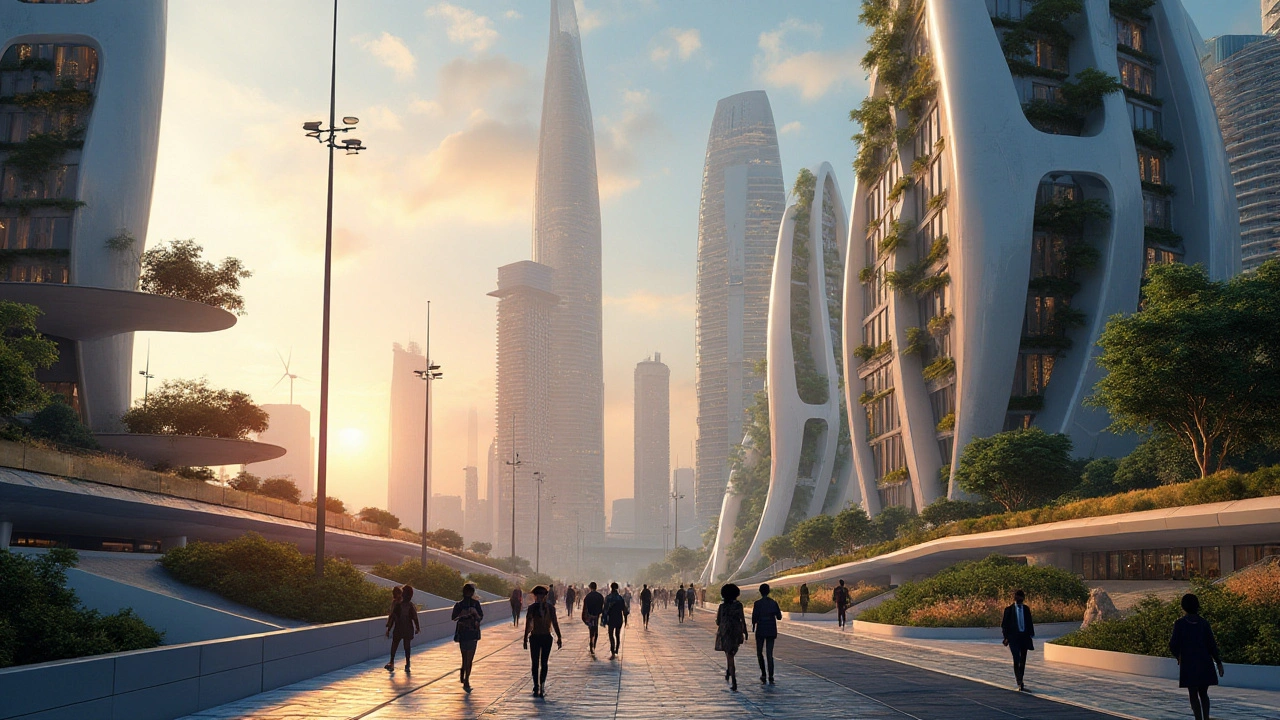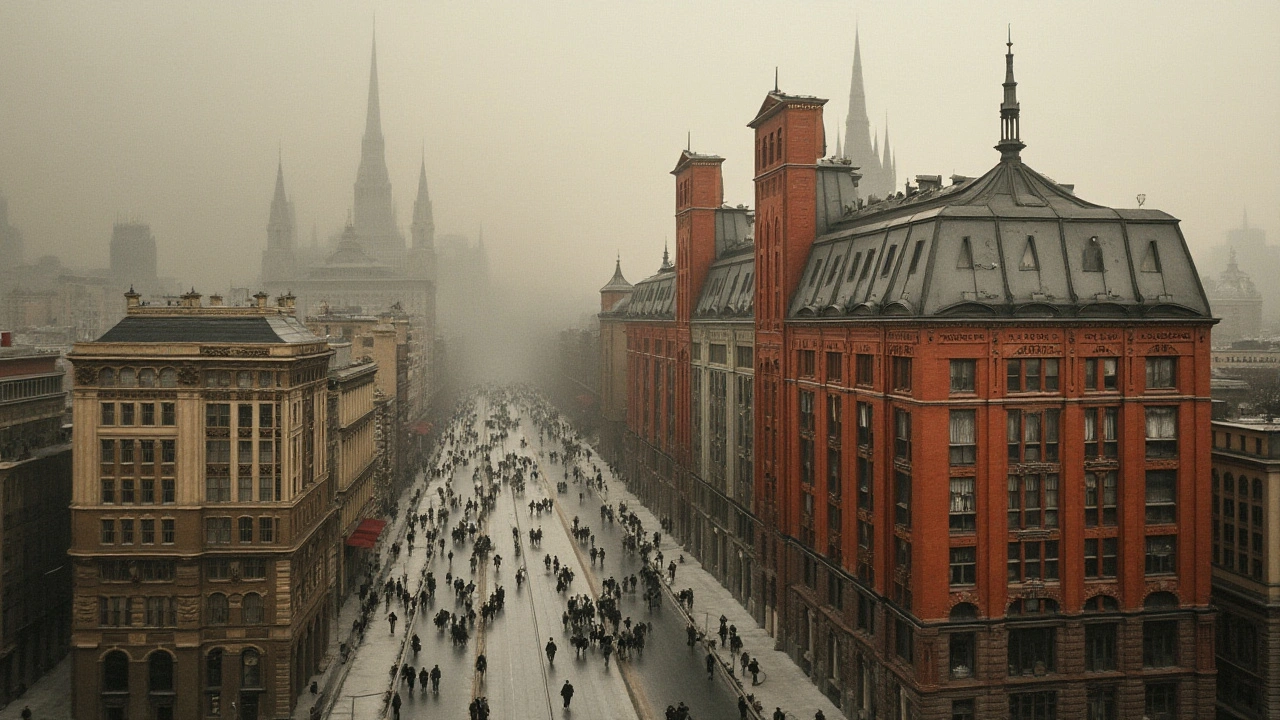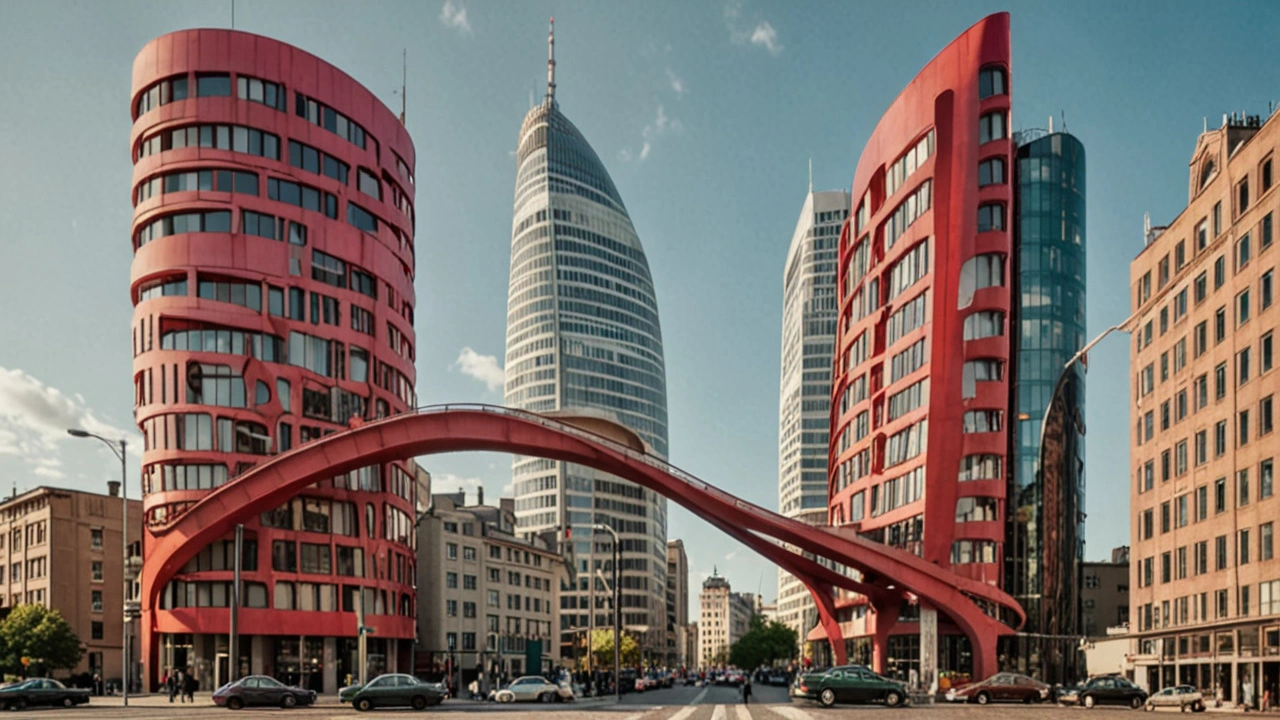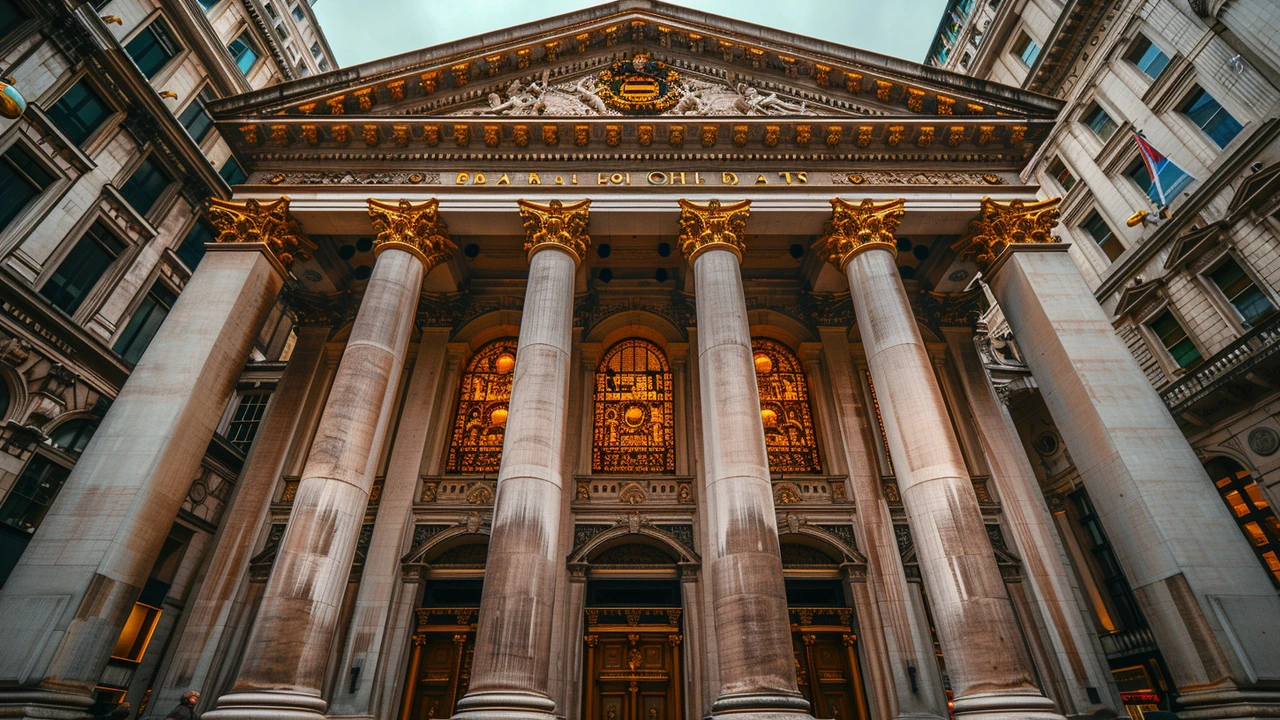Explore how Renaissance architecture's symmetry, proportion, and classical orders still shape modern urban structures, with real examples, design tips, and a handy FAQ.
Modern Architecture — What It Really Means and How to Recognize It
Modern architecture isn't one look you can pin down. It’s a set of ideas that abandoned heavy ornament and tradition to focus on function, structure, and new materials. That shift created everything from the clean planes of Bauhaus buildings to the bold metal-and-glass high-tech towers you see in city centers.
How to spot modern architecture in the wild
Look for these clear signs: flat roofs or simple rooflines, large uninterrupted windows, open floor plans, visible structure (steel, concrete, exposed beams), and minimal decoration. Materials matter — glass, steel, and poured concrete show up a lot. Movements inside modern architecture can feel different: Bauhaus and International Style favor strict geometry and balance; mid-century modern brings warm wood and indoor-outdoor flow; neo-futurism uses flowing shapes and tech-driven forms.
Think of a few real examples to help you identify styles: Villa Savoye or the Barcelona Pavilion for early modernism; the Seagram Building for International Style; Farnsworth House for minimalist glass-box living; Fallingwater for organic integration with nature; Centre Pompidou for high-tech expression; and Zaha Hadid’s works for neo-futurism. Spotting one of these in your city makes the style easier to remember.
Practical tips: using modern ideas in real homes and projects
Want modern architecture touches without a full rebuild? Start simple. Open up small partitions to create a more fluid plan. Add larger windows or sliding doors to boost daylight and blur indoor/outdoor space. Use honest materials: a concrete counter, exposed brick wall, or visible shelving brackets give a modern feel without fuss. Keep trims and moldings minimal and choose flat, unornamented cabinetry.
For furniture, pick pieces with clean lines and a functional focus. A single statement chair or a low-profile sofa anchors a room without clutter. Lighting matters: integrate recessed lights, track systems, or slender pendant fixtures rather than fussy chandeliers. Color-wise, start with a neutral base and add one strong accent — deep blue, olive, or terracotta — to warm the space.
If you’re restoring a modern-era building, preserve defining elements: original window proportions, exposed structural members, and signature materials. When replacing parts, match textures and scale rather than exact color. For energy and comfort, modern upgrades can include better glazing, added insulation where unseen, and discreet mechanical systems that leave the clean aesthetic intact.
Modern architecture keeps evolving. That makes it useful — you can borrow its clarity and honesty without copying any single era. Walk around your city, find a few modern landmarks, and use those details as a practical guide for your next design decision.
Neo-Futurism is shaping the landscape of contemporary art by blending futuristic aesthetics with visionary design. This art movement challenges traditional forms, embracing bold architecture and technology to reflect a harmonious future. It's a journey that compels artists and architects to imagine an innovative world while addressing environmental and social concerns. Delve into how Neo-Futurism is influencing today's artistic creations and the dynamic interplay between structure and imagination.
Dive deep into the compelling world of Constructivist Architecture. This article unravels its origins, iconic elements, significant architects, and its standing in modern times. Get ready to explore an architectural form that's rich in history and innovation.
Expressionist architecture, with its bold and imaginative designs, has redefined the built environment since its emergence in the early 20th century. Known for its dramatic and emotional qualities, expressionist buildings often feature non-traditional shapes and creative use of materials. This article delves into how this architectural style transformed urban landscapes, the prominent architects behind it, and its lasting impact on modern architecture. Readers will gain insight into the unique characteristics of expressionist architecture and learn how it continues to inspire contemporary designs.
Baroque architecture, known for its ornate detail and dramatic beauty, continues to influence our modern world. The intricate designs and grandeur of Baroque buildings offer more than just aesthetic appeal; they embody cultural and historical significance that remains relevant. This article delves into why Baroque architecture still matters today, examining its unique features, historical importance, and lasting impact on contemporary design.

